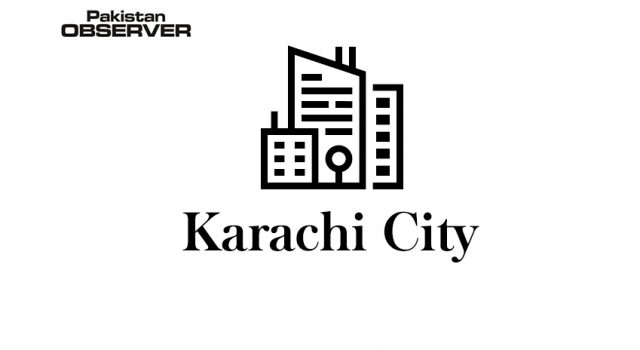Despite significant advancement in technologies around genetic and biometric screening, identification of dead bodies has been a tough row to hoe for local authorities.Owing to which, more than 1,000 unnamed dead bodies from different parts of Karachi, are handed over to charitable organisations like Edhi Foundation every year for burial proceedings.
“More often than not, these Jane and John Does remain anonymous, even after attempts of biometric verification. Last year, we received over 1,200 bodies, out of which only 300 were successfully identified, while the rest had to be put six feet under without a name,” said Edhi Foundation’s head Ahmed Edhi.
The large volume of unidentified dead bodies that come to the organisation, had pushed Edhi Foundation to start biometric verification of unnamed cadavers on its end, some four years ago. However, Ahmed says that the practice has made little difference in the regard, owing to various reasons. “In many cases, the deceased person is not even registered with the National Database and Registration Authority, or the corpse is too damaged to retain fingerprints,” he opined.
Data compiled by the Edhi Foundation reveals that as many as 17,000 bodies have been buried unidentified in the last 11 years. Out of which, at least 1,685 people were buried in the year 2011, 1,566 in 2012, 1,453 in 2016, 2,277 in 2014, 2,380 in 2015, 1,412 in 2016, 1,475 in 2017, 974 in 2018, 1,178 in 2019, 1,496 in 2020 and 782 till September of 2021.
“At this point, we have no space left for burying more dead bodies,” said Ahmed Edhi. According to him, they have buried most of these dead bodies in the Edhi Graveyard in Mawach Goth.
Prior to that, they would use the Mewa Shah Graveyard. “However, now both the graveyards are out of capacity, and we have requested the Sindh government for allotment of another piece of land for a burial ground.”
Per Bilal Ahmed, an Edhi Foundation worker who looks over the process of receiving bodies at the Edhi mortuary, its usually deaths caused by road accidents, fires and gruesome crimes, that lead to unnamed dead bodies. “These bodies are picked up from around the city and submitted to hospitals for medico-legal processes, after which they are transferred to mortuaries. We then store the cadaver for over four to five days as due process, before putting it six feet under,” said Bilal.
According to him, during this time they wait for results of biometric screening, and hand over bodies to their heirs if they are identified. “While others are buried at the behest of the concerned police station,” he informed.
Over 17,000 unnamed bodies in 11 years, is a harrowing figure for a city as modern as Karachi, with access to the latest biometric screening facilities through the national database and registry centre. Yet, the spokes person for NADRA, despite various attempts to establish contact, did not seem available to comment on the matter.
However, a former NADRA official, speaking on conditions of anonymity, revealed that in most cases, not all dead bodies are exclusively verified. According to him, it is only bodies from car accidents and incidents of mass expiry such as plane crashes that are brought in for biometric screening.
Per senior crime reporter Qadir Lashari, one of the biggest reasons for such a huge number of unidentified dead bodies in Karachi, is the disinterest of concerned police in conducting thorough investigations. “They [the police] have access to various methods to trace and identify any dead body, so long as its interested in investigating.
For instance, heirs of many dead bodies can be found through public advertisements and social media campaigns, but none of that ever happens,” the journalist told The Express Tribune, as he lamented on state of affairs.










